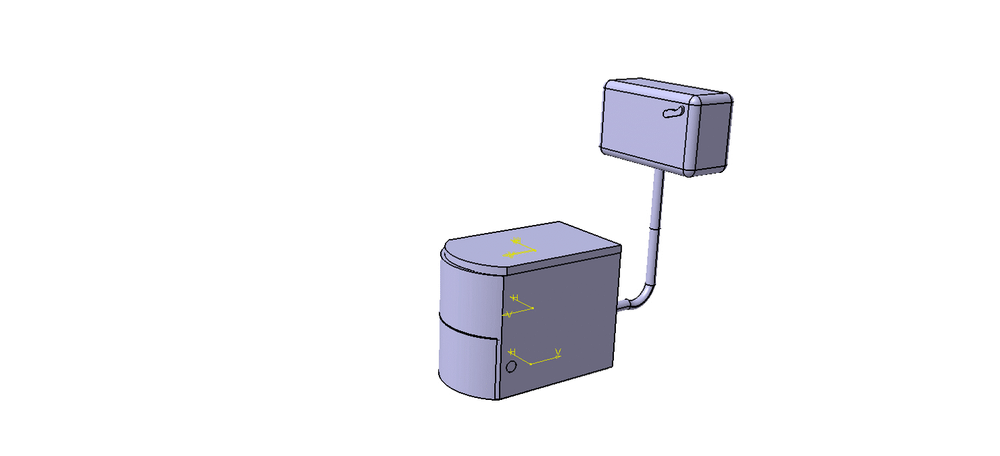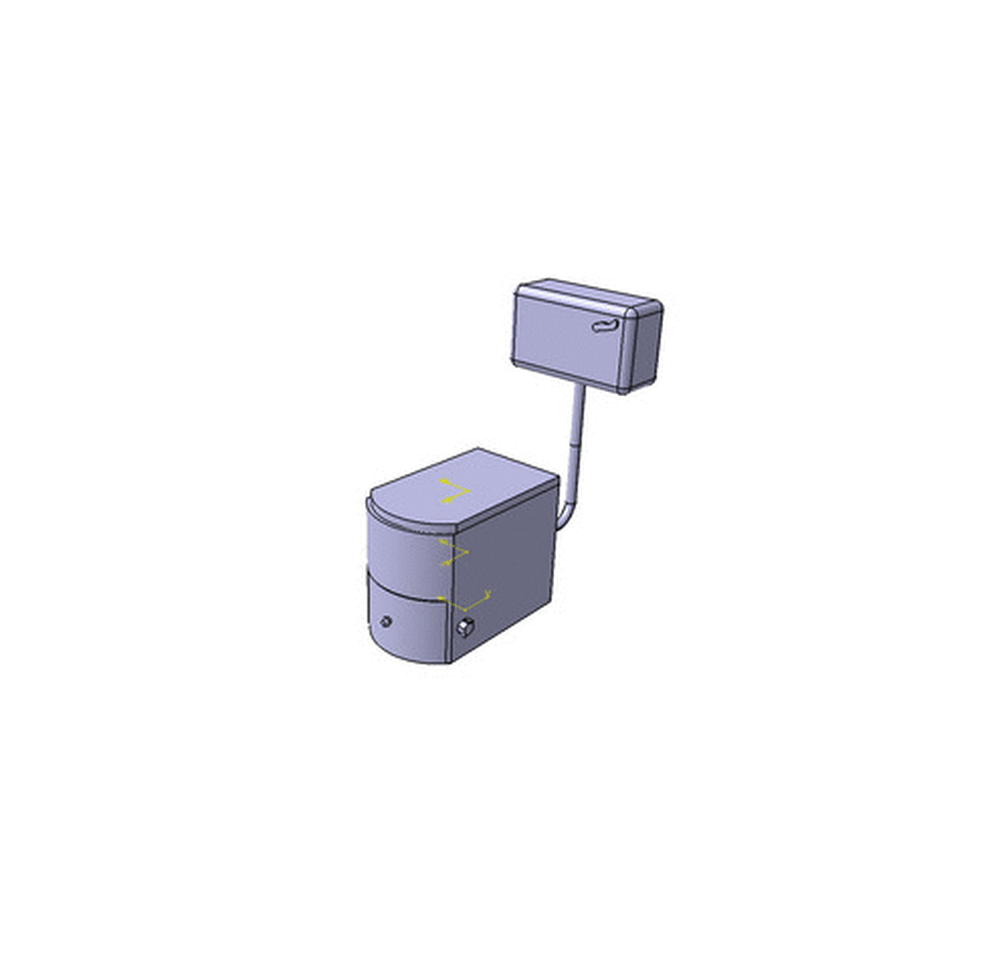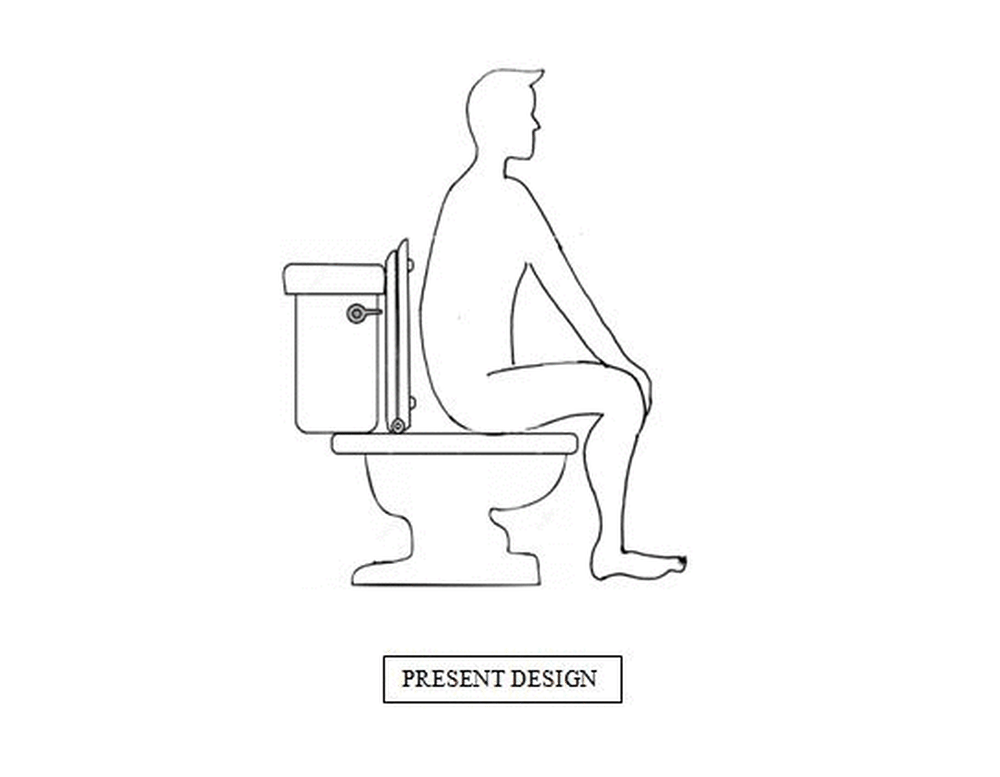Disclosed herein is an Improvement to the Western Toilet for enabling the user to sit in a squat posture. Particularly the invention relates to a useful improvement to the Western Toilet which enables the user to use the toilet in Squat Posture.
The modern, sit-down toilet or the Western toilet is considered to be the most ill-suited fixture ever designed persons skilled in the art. These toilets work against natural functions of the human body by forcing user to seat down in unnatural angles to defecate. The colon, which has the main purpose of removing waste from the body features a natural bend (anorectal angle) which aids continence. The puborectalis muscle maintains the anorectal angle. Sitting only partially relaxes the muscle, meaning that the colon is still kinked. It therefore remains difficult for faeces to pass through. In Squat posture, the puborectalis muscle loosens, creating a straight passageway into the rectum. This ensures quick and comfortable elimination. However, the existing toilet provides an almost upright posture by maintaining an average angle of 83° (76° to 90° depending on the tilt of the person’s posture), which may result in body ailments such as hemorrihoids, colon cancer, appendicitis, constipation and piles. The solution to hunched-over posture, is squatting - A more natural position that opens the anal sphincter, moves the body's plumbing into proper alignment, and allows us to evacuate more freely.
In the natural posture or the squatting position, the gravity does most of the work. The weight of the torso presses against the thighs and naturally compresses the colon. Gentle pressure from the diaphragm supplements the force of gravity. Squatting relaxes the puborectalis muscle, allowing the anorectal angle to straighten and the bowel to empty completely. Squatting lifts the sigmoid colon to unlock the "kink" at the entrance to the rectum. The colon is equipped with an inlet valve (the ileocecal valve) and an outlet valve (the puborectalis muscle). Squatting simultaneously closes the inlet valve, to keep the small intestine clean, and opens the outlet valve, to allow wastes to pass freely. The sitting position defeats the purpose of both valves, making elimination difficult and incomplete, and soiling the small intestine.
Gif 2 shows the Exploded view of the main parts of the Squat Posture Western Toilet. Part (1) shows the Toilet Assembly with the wall enclosing the toilet (2), the hole (3), for fixing the rod (4) in position between the walls, and foot rest (5) for the sliding the foot rest in to-and-fro direction in a specified range. A pin hole (6) is given at the two ends of the connecting rod, to avoid it’s slippage. The rod can be removed from the assembly to let the foot rest slide out of its specified range, by removing the pins at the end of the connecting rod, and then removing the connecting rod itself, revealing the underlying floor, for cleaning or repairing purposes.
Like this entry?
-
About the Entrant
- Name:Crisnet George
- Type of entry:teamTeam members:Crisnet George Jerry John Jacob Jameson Paul James
- Software used for this entry:CATIA V5
- Patent status:pending








